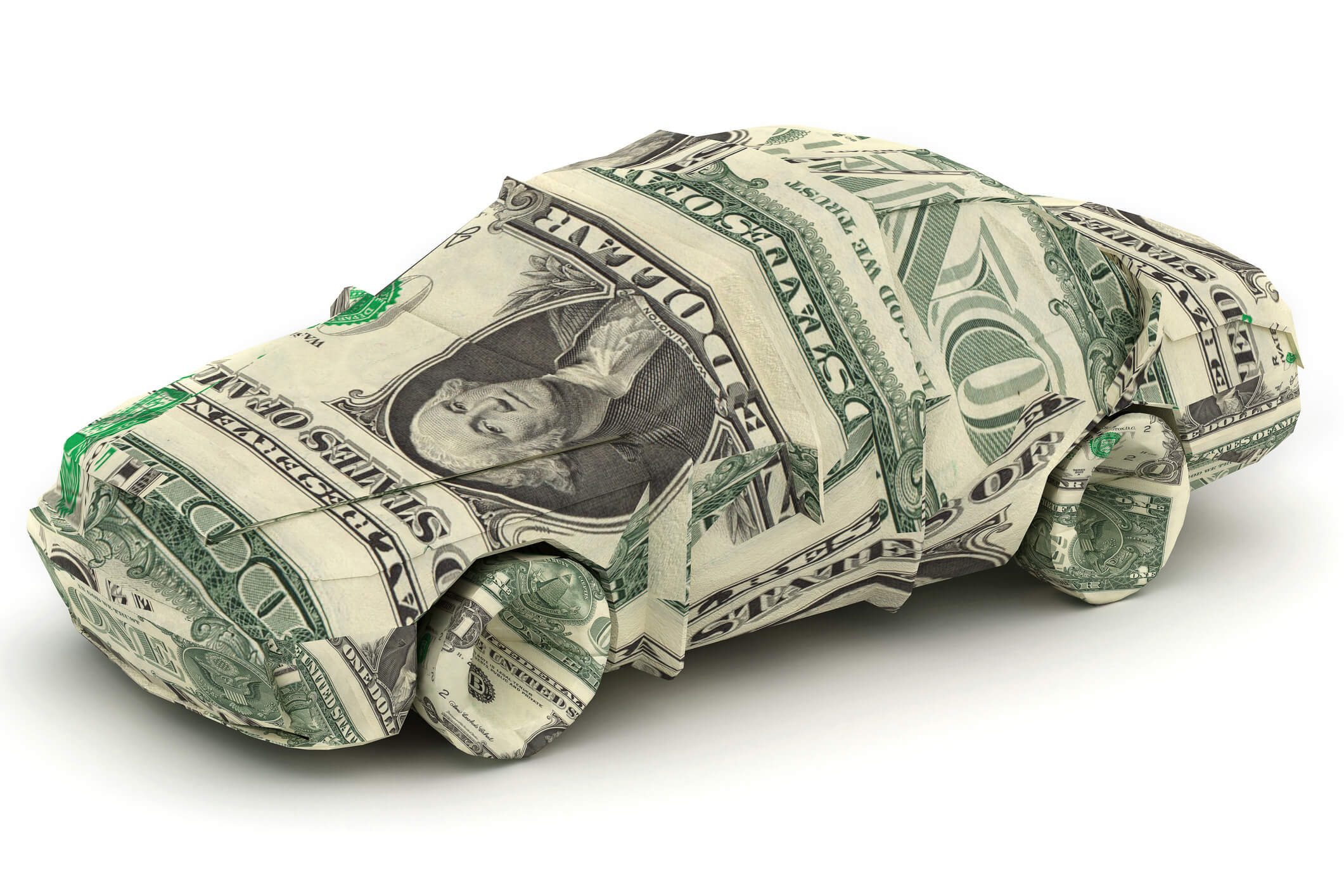When it comes time to purchase a vehicle, you have to consider how you will purchase if you don’t have the funds to buy one in cash. You will need to get your vehicle financed, and there is more than one way to do it. Here are six ways you can finance your next vehicle.
Obtain a Personal Loan from a Financial Institution
It is the most common form of financing and is usually offered by banks, credit unions, and other lending institutions. To access these loans, you will have to show that you have good credit and that you will be able to return the money within the agreed period.

The interests and the total costs can vary greatly between the different loan providers, making the vehicle much more expensive. Keep in mind that the provider will pretend to secure the loan with one of your assets. By doing this, you may put your possessions at risk.
- Pros: you can process it quickly and dispose of the funds almost immediately.
- Cons: the risk and the interest rate can be high.
Obtain a Loan from a Friend or Relative
Another option is to get a loan from a friend, relative, or acquaintance instead of a credit institution. In this case, discussing the loan in detail and leaving everything in writing to avoid future problems is essential.
- Pros: it is unnecessary to perform any solvency analysis and has more flexibility in terms. The interest rate may be lower or even non-existent depending on your relationship with the person who lends you the money.
- Cons: You can put at risk a friendship or a family relationship.

Purchase in Installments
This installment method of financing is based on purchasing a vehicle and paying the loan in installments. It consists of signing a contract with the seller by which you agree to buy a vehicle in a certain period. You can use the vehicle while paying fixed monthly fees until paying the total price.
You will be the registered driver and responsible for insurance and vehicle maintenance, but the seller will be the legal owner until the last payment is effective. Afterward, the car will be wholly owned by you.
- Pros: sellers offer this alternative directly, and it is pretty quick and straightforward to process. Payments are flexible, and the deposit is usually small.
- Cons: You may end up paying more in the long term because the interest rate will generally be higher, which is also a drawback. Unlike flexible financing, you usually cannot change the car for another model once it is your property.
Flexible Financing

The largest car brands generally offer a flexible payment plan. It is an option similar to the purchase in installments with some differences. When you complete all the payments, you can decide to keep the car, return it without any commitment, exchange it for another model of the same brand, and pay the difference.
You could also negotiate a discount for the new model. This option is usually offered for specific models of the brand and not for all available cars.
- Pros: You can change your mind about the car you want to have at the end of the contract. You have the confidence that offers you a great brand of vehicles recognized in the market.
- Cons: Contract terms may be less flexible in negotiating than with an installment purchase.
Leasing Rather than Purchasing
If you are considering leasing a vehicle, you will have to make a monthly payment to the leasing agent to use the vehicle. The only requirement is that the mileage cannot exceed a specified limit. At the end of the contract, you will have to return the vehicle to the entity or buy it for its residual value (some dealers do not offer the purchase option).
- Pros: you will not have to worry about the vehicle’s depreciation and can easily switch to another model.
- Cons: the total costs of the operation can be high due to all the included services. A penalty may have to be paid in the case of exceeding the allowed mileage limit.
 About Complete Controller® – America’s Bookkeeping Experts Complete Controller is the Nation’s Leader in virtual bookkeeping, providing service to businesses and households alike. Utilizing Complete Controller’s technology, clients gain access to a cloud-hosted desktop where their entire team and tax accountant may access the QuickBooks™️ file, critical financial documents, and back-office tools in an efficient and secure environment. Complete Controller’s team of certified US-based accounting professionals provide bookkeeping, record storage, performance reporting, and controller services including training, cash-flow management, budgeting and forecasting, process and controls advisement, and bill-pay. With flat-rate service plans, Complete Controller is the most cost-effective expert accounting solution for business, family-office, trusts, and households of any size or complexity.
About Complete Controller® – America’s Bookkeeping Experts Complete Controller is the Nation’s Leader in virtual bookkeeping, providing service to businesses and households alike. Utilizing Complete Controller’s technology, clients gain access to a cloud-hosted desktop where their entire team and tax accountant may access the QuickBooks™️ file, critical financial documents, and back-office tools in an efficient and secure environment. Complete Controller’s team of certified US-based accounting professionals provide bookkeeping, record storage, performance reporting, and controller services including training, cash-flow management, budgeting and forecasting, process and controls advisement, and bill-pay. With flat-rate service plans, Complete Controller is the most cost-effective expert accounting solution for business, family-office, trusts, and households of any size or complexity.




